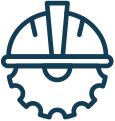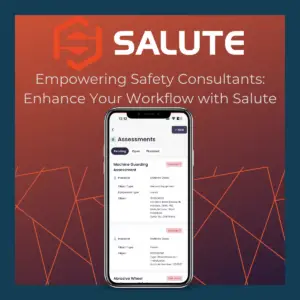Strategies for a Strong Safety Culture
Creating a safe and secure work environment is crucial for the well-being of employees and the overall success of an organization. A culture of safety not only reduces the risk of accidents and injuries and promotes productivity, morale, and employee retention. In this blog post, we will explore five key strategies to foster a culture of safety within your organization, regarding the valuable resources and tools available on the Salute platform.
1. Develop a Comprehensive Safety Policy:
The foundation of a culture of safety begins with a well-defined safety policy. This policy should outline the organization’s commitment to maintaining a safe workplace, identifying potential hazards, and establishing protocols for addressing safety concerns. SaluteSafety.com offers insightful articles and templates to help you create an effective safety policy tailored to your organization’s needs.
2. Implement Regular Safety Training:
Education and training are vital components of cultivating a culture of safety. Regular safety training sessions should be conducted to ensure that employees are aware of potential risks and understand the proper procedures to mitigate them. SaluteSafety.com provides a range of training resources, including videos and interactive modules, to enhance your organization’s safety training initiatives.
3. Encourage Active Employee Participation:
A successful safety culture requires the active participation of all employees. Encourage employees to actively contribute to the safety program by reporting hazards, and near-misses, and providing suggestions for improvement. Salute offers tools such as incident reporting forms and anonymous reporting mechanisms to facilitate open communication and employee engagement.
4. Conduct Routine Safety Audits:
Regular safety audits help identify potential hazards and evaluate the effectiveness of safety measures already in place. Salute provides checklists and audit templates to guide you through the auditing process, ensuring you can systematically assess your organization’s safety performance and make necessary improvements.
5. Recognize and Reward Safe Behavior:
Positive reinforcement plays a significant role in reinforcing a culture of safety. Recognize and reward employees who consistently adhere to safety protocols and actively contribute to the safety program. Salute offers a range of resources, such as safety recognition programs and certificate templates, to help you acknowledge and celebrate safe behavior within your organization.
Building a culture of safety requires a proactive approach and continuous effort. By following these five key strategies, supported by the resources available on the Salute platform, you can create a workplace where safety is a top priority. Remember, fostering a safety culture protects your employees and enhances overall organizational performance, boosts employee morale, and contributes to long-term success. Start today and make safety a core value within your organization.
